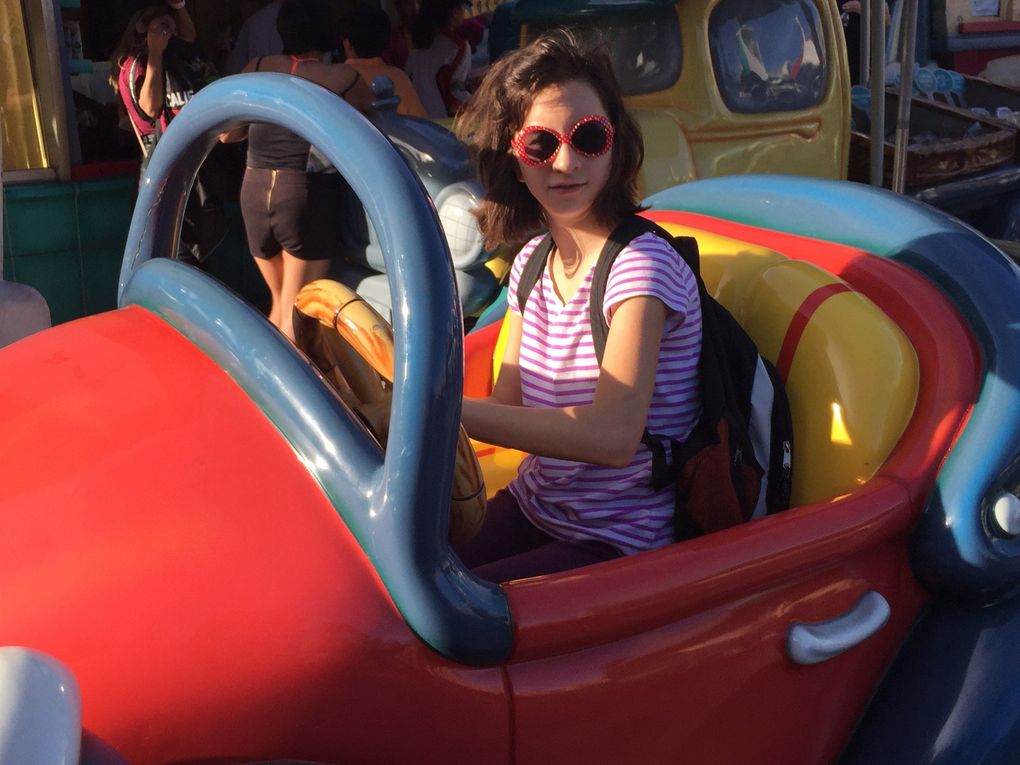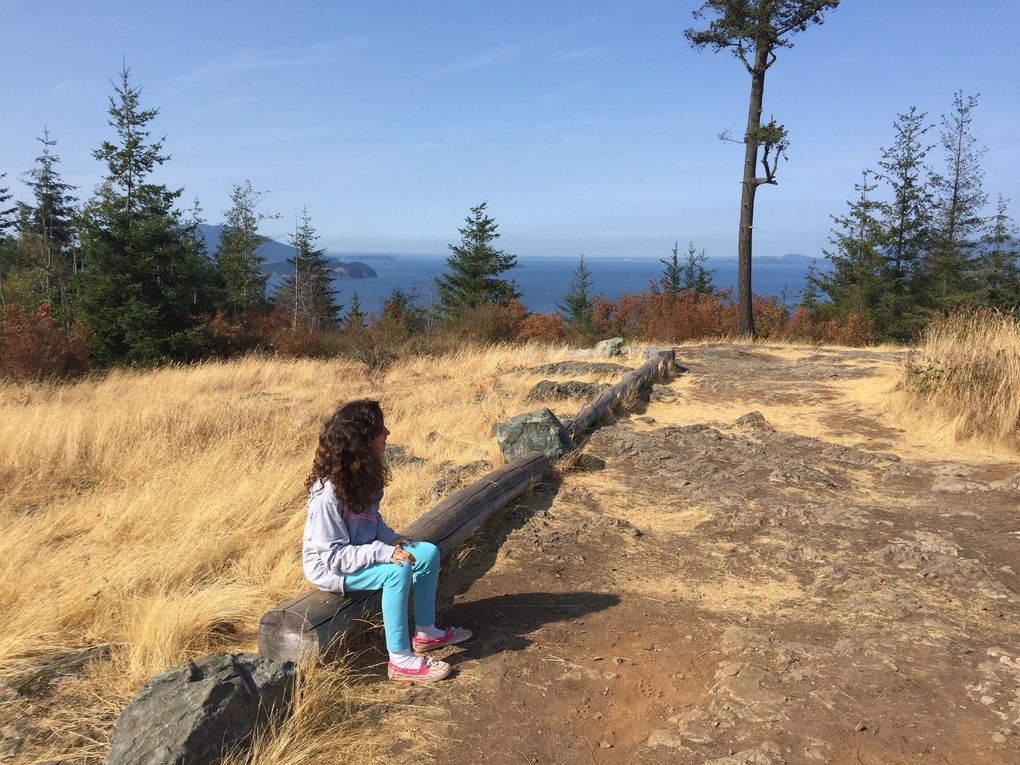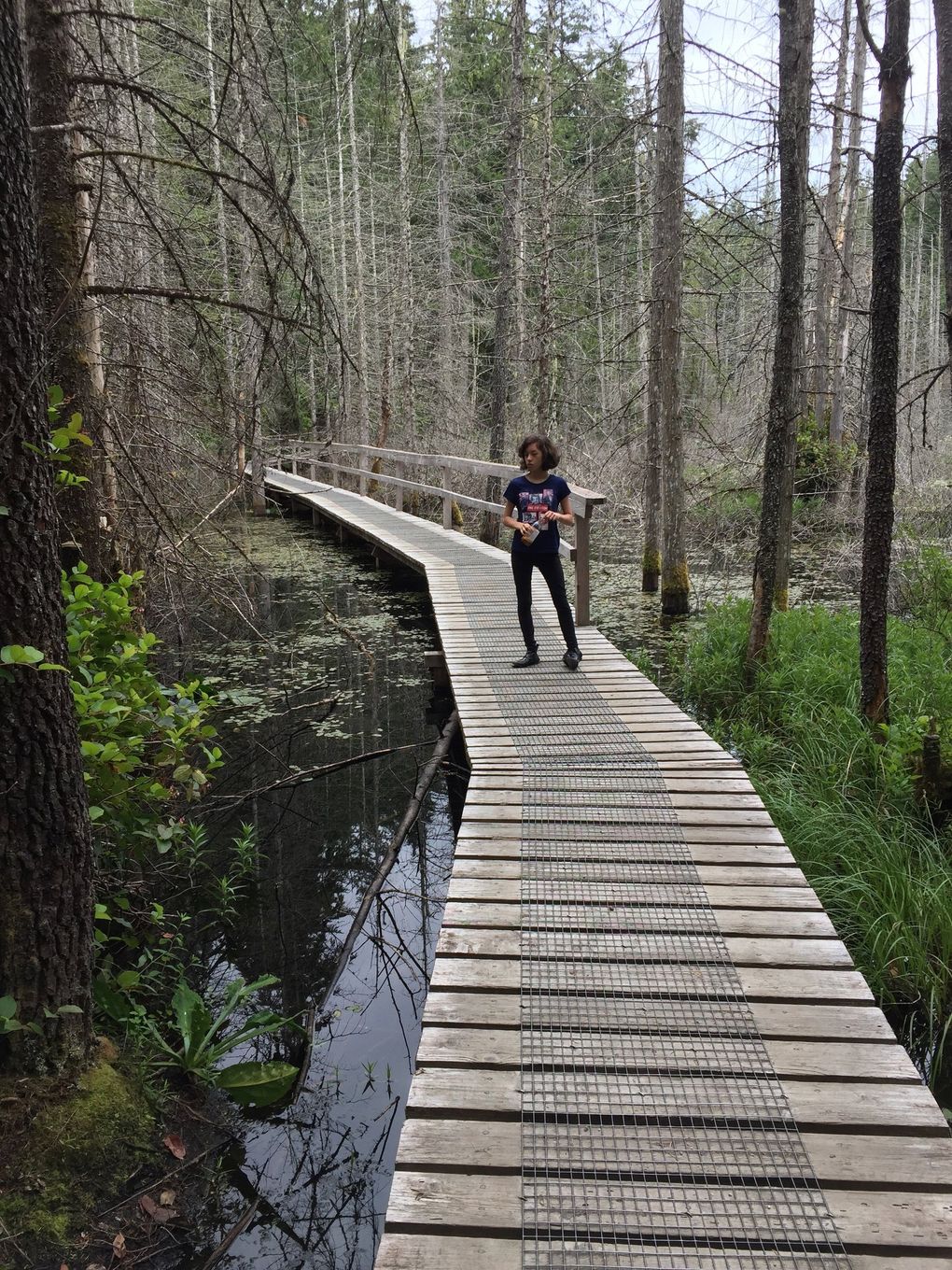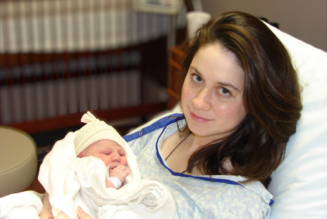You’ve seen them at the airport, at the beach or in a restaurant. A child is thrashing or kicking or on the ground while a desperate parent hovers nearby, trying to ignore angry glances from passersby. I know because I’ve been that anguished parent.
On display are “cognitive disabilities,” invisible handicaps related to how children’s brains work. For many kids with cognitive disabilities or developmental disorders, a car can be a prison, a plane or a new hotel room can be sheer terror.
In the past, families were stuck, barely venturing outside the county, certainly not on an overnight trip. Travel meant potential trauma minefields, and unfortunately, we live in a world where bystanders are more apt to call the police or Child Protective Services than offer help to the parents.
“You’re in this constant fear you’re going to get kicked out of the hotel because of whatever is going on with your child,” says Sara Lawton, 38, a Shoreline mom of an 8-year-old son with fetal alcohol syndrome. He was adopted six years ago.
“We have been planning a trip to Disney for a long time, but the idea of putting him in an airplane is panic-inducing for us,” she says. “You’re stuck in a tube hurtling through the sky, and what if he has a meltdown and he is swearing and kicking? What are we going to do?”
If a pilot makes an emergency landing due to a panicking child on a crowded plane, unless treated as a medical emergency, the cost to the parents could be north of $10,000. Lawton has managed to take her child to the Christmas lights in Leavenworth and Great Wolf Lodge south of Olympia, even though hotel noises stress her child out.
“It feels really, really lonely,” she says. “You see all these other families having fun and being carefree, whereas your kid is so full of anxiety, he cannot have fun. So our world has gotten really small.”
Still, regardless of what cognitive disability or developmental disorder your child might have, it is possible to go on the road, provided your family can afford the extra expenses.
I talked to several families who have traveled successfully with children with disabilities — here are some tactics that help kids have fun while helping parents relax.
Look for places with programs to help
Rhonda Massey Martin, 43, a physical therapist in Tacoma, has two daughters, ages 6 and 9, the youngest of whom has sensory-processing difficulties, anxiety and what Martin calls “problems surrounding food due to early neglect.”
The 6-year-old was adopted at six months. At first, Martin couldn’t even drive her to grandparents in Sequim because of the child’s terrified wails. Since then, the family has been to Hawaii three times and to Disneyland twice.
Still, the only restaurant food Martin’s younger daughter will eat is pepperoni pizza. If she doesn’t get what she wants, there is a meltdown.
“We have to be very detailed with schedules, places to eat, bringing extra food and researching restaurant menus ahead of time,” Martin says. “It’s all second nature to me now, but definitely trial and error at first.”
About 5.1% of Washington state’s 7-plus million adult residents live with serious mental health conditions such as schizophrenia, bipolar disorder and depression. The state branch of the National Alliance on Mental Illness says 50% of all mental illnesses kick in by the time a child is 14.
That is the age of my daughter, who is institutionalized due to mental health issues stemming from two years of neglect in an orphanage in Kazakhstan. I’ve had to drag her out of restaurants before she exploded in anger, pull her off a ski slope after she yelled at the instructors and make excuses to Airbnb hosts as to why a teenager will not stop screaming. During our last real vacation in Canada, she was so violent, I had to give her Nyquil just to get her across the border.


My situation is not unique, and there is a huge mental-health complex of doctors, hospitals, clinics, therapists, respite workers, inpatient centers, social workers and counselors in this region serving families like mine.
Our presence is significant enough that in October, Seattle-Tacoma International Airport became the first airport in the country to launch a program for travelers with “hidden disabilities.” Children with autism, anxiety, PTSD and other conditions — and their parents — can pick up sunflower lanyards at Port of Seattle customer-service desks in the airport, or from teal-outfitted airport helpers called Pathfinders. The lanyards communicate to airport personnel that the traveler may need extra help, a quiet place or early boarding privileges.
Jennifer Hardy, 36, mother to four children, ages 2 through 11, all adopted from foster care with a host of invisible disabilities, developmental delays and sensory challenges, owns a Cruise Planners franchise in Kent and is a certified autism-travel professional. She praises Sea-Tac for instituting the lanyards and does take her kids on trips, but only those with direct flights to her destinations.
“One child had a massive meltdown on a plane,” she says. “The noise, the toilets; everything was different. She screamed for 45 minutes to an hour. The plane was in the air. Nobody came [to help], no one said anything. We got looks but that was it.”
In terms of accessibility, she swears by Disney World, having once worked at Disney’s Magic Kingdom in Orlando, Florida. The resort has multiple options for children with disabilities, including ways to get into rides without waiting hours, a guaranteed trigger.
“You can’t just go up and say, ‘Hey, my child has autism, give me a pass,’” Hardy says. “You have to describe to the guest-relations host what are their triggers and what it does for the kids to have to stand in line. Our 2-year-old is an eloper. He will run away and not come back. They allowed him to be in a stroller and go anywhere where a wheelchair can go.”
Go outside
The operative word for many families is “outdoors”: Beaches, forests, bodies of water. These are places where the noise level doesn’t matter or where the bystanders don’t freak out if a child yells.
“I take my kids to Ocean Shores a lot,” says Tonya Jones, 49, an adoptive mother of three children living in Federal Way. “We stay at the same hotel every time and typically do the same things. The ocean has a calming effect on my kids.”
Michelle Malott, 37, who just moved from Kirkland to San Diego with her three adopted children, ages 2, 3 and 4, swears by a travel trailer. Her oldest has a sensory-processing disorder that gives him anxiety if there are too many changes in his schedule.
“We love it,” she says. “Always the same bed and room, same routine no matter where we go. We can go just about anywhere and ‘camp’ and keep our schedule pretty consistent wherever we are.”


She tries to avoid hotels because cranky kids might wake up people in the next room.
“The kids are loud, and with the trailer, we typically stay in family-friendly and more affordable places,” she says.
Lauren Merritt, 33, who homeschools three children in Bellingham, says her family has traded museums and amusement parks for hikes, whale watching, boating and nature walks out of concern for their second son, now 8, who was adopted at birth.
“We do not travel a whole lot because our son is autistic and [has] ADHD,” Merritt says. “It’s very difficult for him to be in quiet places like restaurants and hotel rooms, and for years, he did not sleep well, meaning that no one could share a hotel room with him and get any amount of sleep.”
Movie theaters are out because her child cannot sit still. However, when she took him with her on a flight to New York last June, the child was so fascinated by the mechanics of the plane, he behaved quite well. Finding vacations that pique children’s interests can be a great, if unplanned, facet of travel, too.
Enlist reinforcements, and plan beforehand
Not everyone has family members who can help or provide respite for harried parents. If the child is young, parents might be able to lean on their kin for a few days. Once the child gets larger, even the most caring relative balks at taking a child overnight, much less for a few days.
Christina Kindt, 42, a substitute teacher in Tacoma and the mother of one biological child and three adopted from foster care, relies on a paid babysitter to accompany her family to various destinations.
“Then we had an extra adult set of hands if we had to deal with one of those meltdowns,” she said. “That kept everyone safer.”
Two of the children have sensory-processing disorders, which makes it intolerable for them to withstand the lights, sounds and smells of a large resort. Kindt says the secret is all in the timing.
“We plan two days of action and one day of nothing,” she says. “Even if they are having fun … it’s exhausting. And the sound and lights at those theme parks are overwhelming. A quiet day helps them cope with lots of stimulation.”
Also, “rehearsing when bad things could happen, then practicing with how to respond really helped my kids. We put Band-Aids on our kids with our phone numbers on them. If they got lost, they could show the number to a worker with a name tag.” This worked when one of her daughters wandered off, Kindt said.
On long drives, she gives her children gum.
“One kid was a screamer if the ride was more than 20 minutes,” she says. “Gum did the trick for three hours. You can’t be raging when your digestive system is working. I don’t understand the science, but it works.”


The top 6 tips for traveling with kids with disabilities
- Bring extra food and research restaurant menus ahead of time if possible.
- For kids with anxiety issues, create a chart that shows which day you leave, which day you return and what activities you expect to do.
- For kids with sensory issues, bring along sound-deadening headphones, sunglasses, hats, etc.
- In places like theme parks, give your kids Band-Aids with your phone numbers on them in case they get lost.
- On airplanes, wrap little packages of fun things like squishy balls, matchbox cars and snacks; if their behavior is good, you can give them something new to unwrap. Sounds corny but it works.
- When all else fails, give them gum to chew. This sometimes gets their minds off their trauma.








